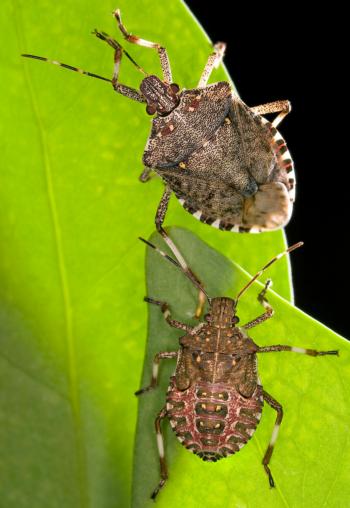Pest Management

Pest control can be a challenge on any farm—large or small. Pests, including insects and other arthropods, vertebrates such as gophers and squirrels, weeds, nematodes, fungi, bacteria, viruses, and veterinary parasites, are an unavoidable part of growing plants or raising animals.
Because urban agriculture often happens in close proximity to people and residences, urban farmers commonly use organic methods or Integrated Pest Management (IPM) to manage pests. IPM is a management strategy in which decision-making is based on biology and ecology. You can learn more about IPM principles here. UC ANR has an Integrated Pest Management Program that features great tools and updated information on new and common pests.
See our Quick Guides and References to identify common pests and learn more about pest control strategies.


